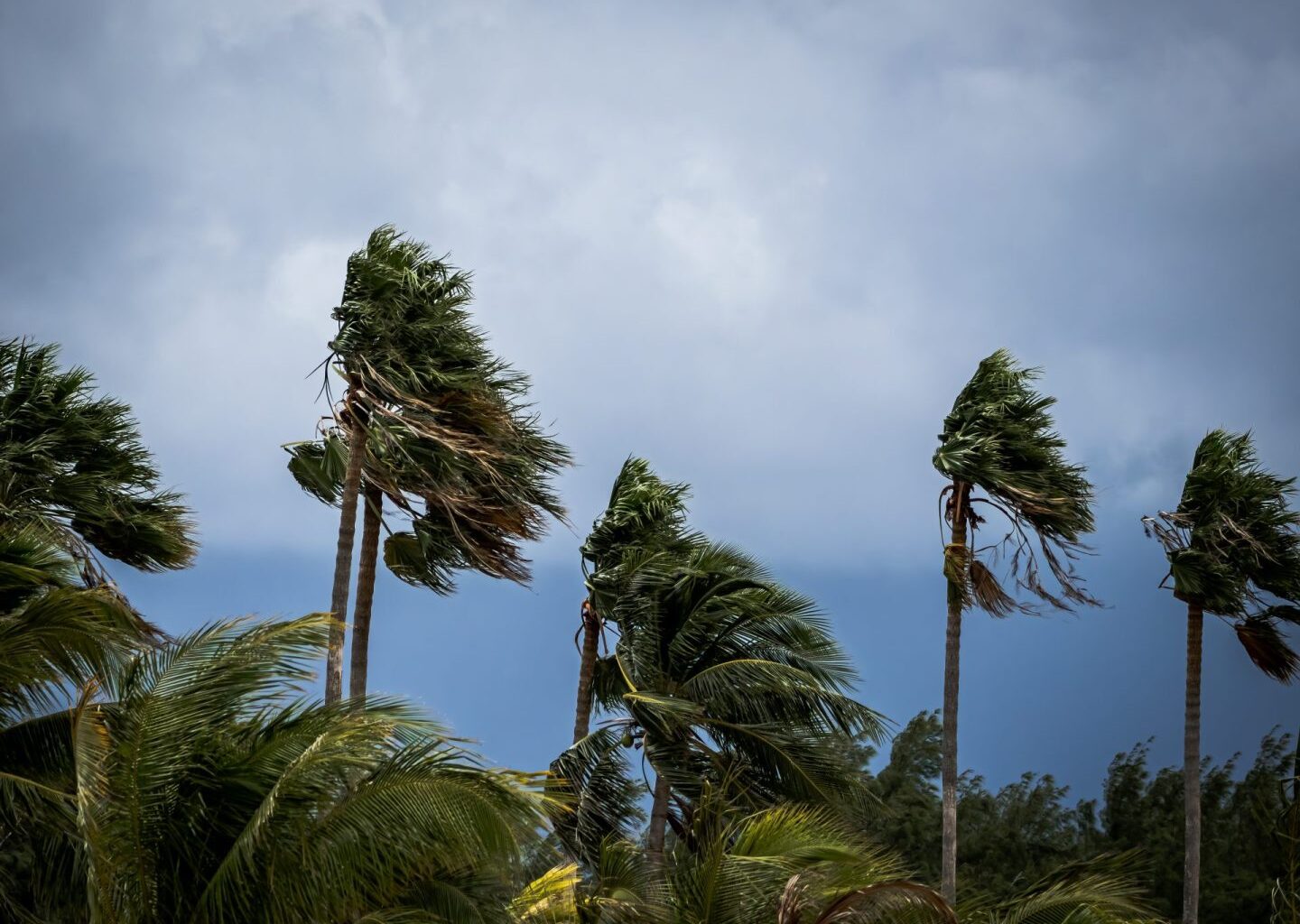While the Atlantic hurricane season nears its end, meteorologists warn residents to stay vigilant as warm Caribbean waters could still spawn a late-season system
While the Atlantic hurricane season nears its end, meteorologists warn residents to stay vigilant as warm Caribbean waters could still spawn a late-season system
With roughly four weeks remaining in the Atlantic hurricane season, meteorologists are tracking conditions in the southwestern Caribbean that could give rise to another tropical system—potentially threatening Florida and neighboring regions before the season officially concludes on Nov. 30.
AccuWeather forecasters have identified an area south of Cuba and northwest of Colombia where unusually warm ocean temperatures and favorable atmospheric conditions might support tropical development through mid-November. While the National Hurricane Center has issued no immediate warnings, the monitoring underscores a crucial message: it’s too early to relax.
The Threat Taking Shape
The southwestern Caribbean presents a complex forecasting challenge. Water temperatures remain sufficiently warm to fuel tropical cyclone formation, and wind shear—atmospheric conditions that typically tear storms apart—remains relatively low across the region.
According to Alex DaSilva, AccuWeather’s lead hurricane expert, forecasters are carefully watching the southwestern Caribbean for any signs of tropical development over the coming weeks. He noted that atmospheric conditions appear capable of supporting storm formation through mid-November.
Should a system organize, forecasters believe it would most likely track westward toward Central America or Mexico. However, AccuWeather has placed Florida within a zone of low risk for tropical storm winds and rainfall, the same threat level assigned to Cuba, the Bahamas and portions of Mexico and Central America. The remainder of the Gulf and Atlantic coastlines face near-zero risk.
Florida’s Precarious Position
The Sunshine State’s vulnerability stems from potential steering patterns that could redirect any developing storm northward. Scott Homan, a senior meteorologist with AccuWeather, acknowledged the possibility that a Caribbean system could curve toward Florida, though such a scenario remains far from certain.
This uncertainty comes on the heels of Hurricane Melissa‘s devastating rampage through the Caribbean. The Category 5 storm pummeled Jamaica before tearing through Cuba and the Bahamas, ultimately grazing Bermuda as it churned toward the open Atlantic. Melissa’s destructive path serves as a stark reminder that late-season hurricanes can pack tremendous power.
The current season has produced 13 named storms since its June 1 start, contributing to what forecasters describe as an active year for tropical activity.
November’s Growing Menace
Historically, November has been relatively quiet for hurricane formation, averaging one named storm every other year. But recent trends suggest that pattern may be shifting.
DaSilva pointed to an emerging pattern of increased late-season storm activity, attributing the uptick to warmer sea surface temperatures observed in recent years.
November 2024 exemplified this troubling trend, spawning three named Atlantic storms, including one that intensified to hurricane strength. Climate scientists point to warming ocean temperatures as a likely culprit behind the increase in late-season activity, a development that could redefine traditional hurricane season expectations.
Staying Prepared
The National Hurricane Center’s current forecast indicates no tropical cyclone activity is expected over the next seven days. Still, residents throughout hurricane-prone regions should maintain their preparedness measures. Late-season storms, while less common, have historically caught communities off guard when they do form.
Emergency management officials emphasize that hurricane supplies should remain easily accessible and evacuation plans current until the season officially ends. The psychological tendency to relax as November approaches can prove dangerous when conditions suddenly deteriorate.
Forecasting technology has improved dramatically over recent decades, typically providing several days’ notice before a storm threatens land. However, rapid intensification remains a challenge, particularly in the Caribbean’s exceptionally warm waters.
As the 2025 Atlantic hurricane season enters its final month, the message from meteorologists is clear: vigilance must persist until the calendar turns to December. The combination of unusually warm waters and shifting climate patterns means November can no longer be dismissed as a safe harbor from tropical threats.
Residents should continue monitoring official forecasts from the National Hurricane Center and local emergency management agencies, ensuring they’re positioned to respond quickly should conditions change.
Source: Newsweek

